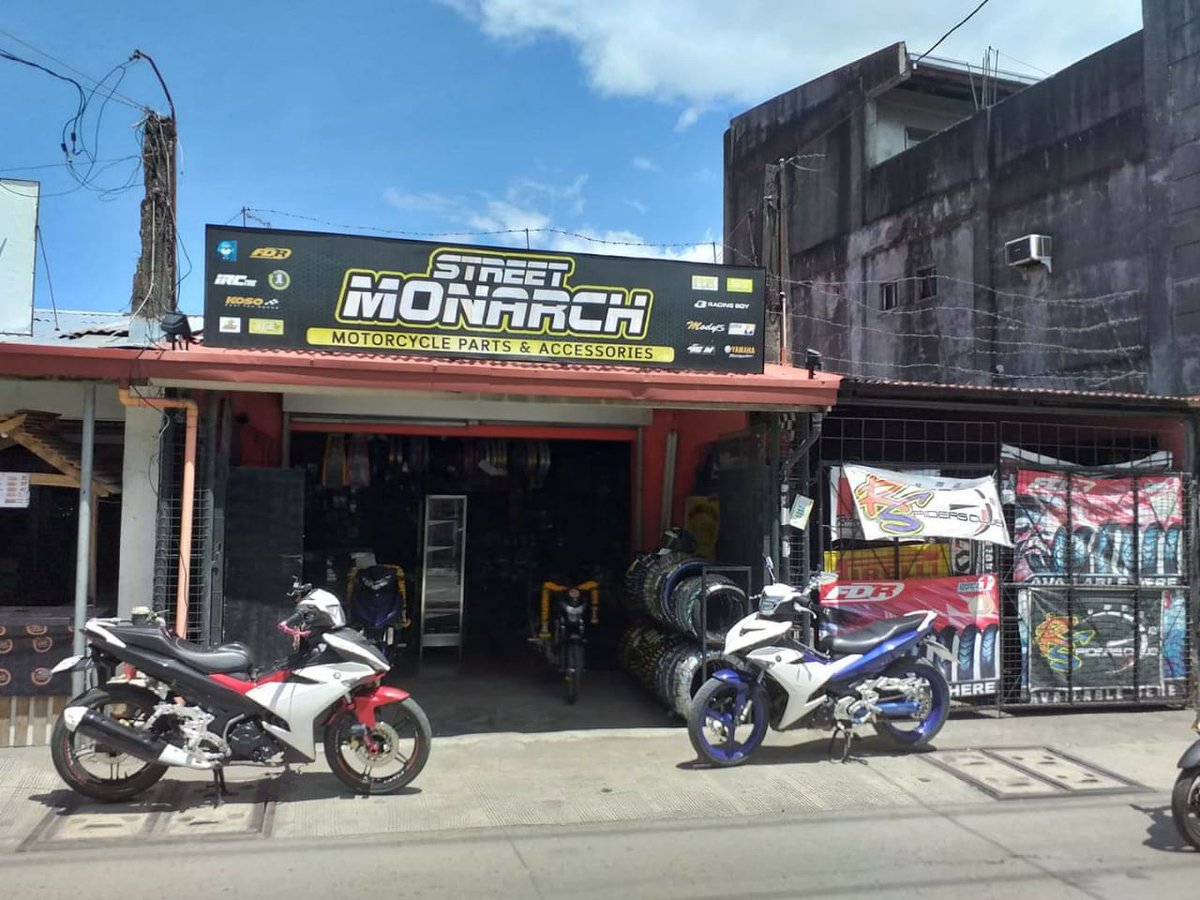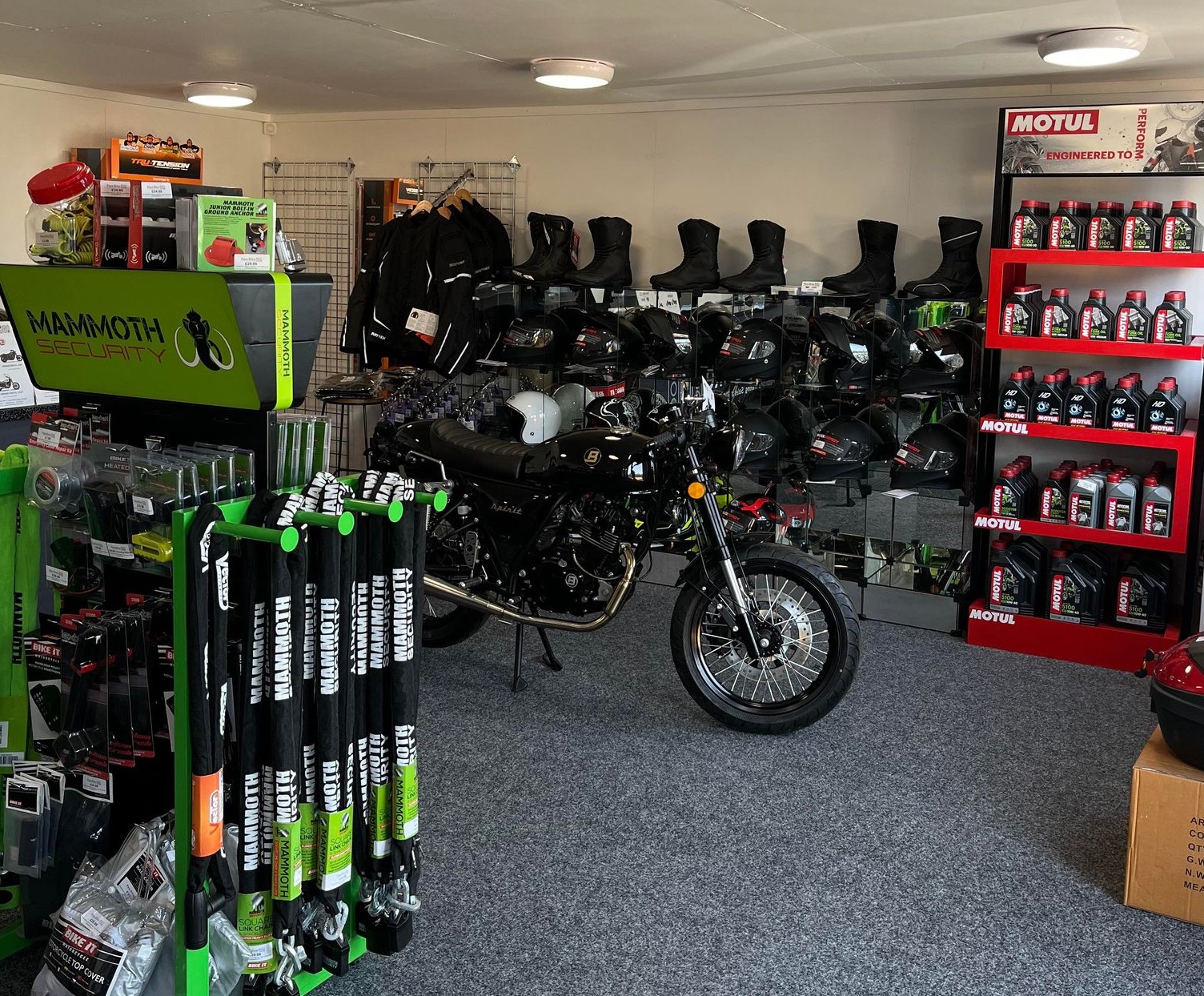Your Go-To Motorbike Shop for Top Quality Parts and Accessories
Your Go-To Motorbike Shop for Top Quality Parts and Accessories
Blog Article
Recognizing the Important Parts of a Motorcycle: A Comprehensive Guide for Lovers
For bike lovers aiming to raise their riding experience and ensure their bikes run smoothly, comprehending the crucial elements of a motorbike is critical. Each component, from the engine's complex workings to the crucial role of the braking mechanisms, not only affects efficiency but additionally safety and security and convenience. This guide will certainly go through the essential parts that every motorcyclist need to recognize with, enabling notified choices in both upkeep and possible upgrades. As we begin this exploration, one must ask: just how does each part connect to develop the smooth trip every lover looks for?
Engine Components

The camshaft plays an important function in regulating the timing of the engine's shutoffs, guaranteeing the specific opening and closing necessary for reliable gas and air intake, along with exhaust expulsion. This timing is vital to preserving optimal engine performance and effectiveness. Furthermore, the carburetor or gas injection system, depending upon the bike model, is accountable for blending air with fuel in the appropriate ratio for combustion.
The cooling system, either air or liquid-based, functions to keep the engine's temperature level within functional limits, stopping overheating and ensuring durability - mx gear nz. Each element, meticulously designed and integrated, adds to the smooth procedure of the engine, specifying the motorcycle's power outcome and general efficiency
Transmission System
Essential to the motorbike's performance, the transmission system makes sure reliable power transfer from the engine to the wheels. This system makes up several critical components, consisting of the clutch, gearbox, and final drive, each playing a crucial function in equating the engine's power right into motion. The clutch, generally operated by a hand bar, offers to engage and disengage the engine from the transmission, permitting smooth equipment adjustments and controlled acceleration.
The gearbox, typically described as the transmission appropriate, contains a set of gears that cyclists can by hand shift through to change the bike's rate and torque output. These equipments are organized in a sequence that makes it possible for the motorbike to accelerate efficiently and keep ideal engine efficiency throughout numerous speeds. Most motorbikes use a sequential transmission, needing the biker to change equipments in an established order.
Braking Mechanisms
While recognizing the transmission system is vital to taking advantage of a bike's power, similarly crucial is the capacity to manage and quit that power effectively, which is where braking devices enter play. Brakes are essential for security and efficiency, giving the motorcyclist with the needed control to navigate various surfaces and problems. Normally, motorcycles feature two sorts of braking systems: disc brakes and drum brakes.
Disc brakes are extra prevalent in contemporary bikes as a result of their remarkable efficiency. They contain a brake disc, caliper, and pads. When activated, the caliper presses the brake pads versus the rotating disc, converting kinetic energy right into heat, thereby reducing the wheel. This system supplies far better heat dissipation, regular performance, and enhanced quiting power, particularly in wet problems.
Conversely, drum brakes, though much less typical, are still located in some motorbikes. They function by pushing brake footwear against the internal surface of a drum connected to the wheel. While usually much less efficient in warm dissipation and stopping power, drum brakes are simpler and a lot more economical.
Understanding these stopping systems' subtleties enables riders to keep their bikes appropriately and appreciate the design that guarantees risk-free and reliable quiting.
Suspension and Steering
Suspension and guiding systems are navigate here crucial elements that substantially affect a motorbike's handling and experience convenience. The suspension system, containing forks at the front and shock absorbers at the rear, absorbs road irregularities, improving security and control. Front forks, normally telescopic or inverted, compress and rebound to alleviate influences, while rear shock absorbers maintain tire contact with the roadway, vital for traction and safety and security.
Steering, centered around the handlebars, connects the biker to the bike's directional control. The guiding head bearings make sure smooth operation, enabling specific ability to move. Appropriate alignment and maintenance of these bearings are important for predictable steering action and decreasing biker exhaustion.
The suspension's adjustability is another important element; preload, damping, and rebound setups permit modification to fit numerous riding problems and styles. This flexibility is essential for maximizing performance, whether navigating metropolitan roads or taking on rugged trails. Developments like digital shock absorber offer real-time modifications, boosting trip top quality throughout diverse terrains.

Electric Equipments
After making certain a smooth and regulated ride motorcycle parts near me with reliable suspension and steering systems, motorcycle tie down straps focus turns to the electric systems, a critical facet of modern-day motorbikes. These systems play a critical duty not only in beginning the engine however additionally in powering different components that improve the capability and security of the motorcycle.
At the heart of a bike's electric system is the battery, which shops electric energy essential for starting the engine and powering complementary systems - moto parts nz. The generator or generator, paired with the rectifier-regulator, ensures the battery stays billed while the motorcycle functions, transforming power right into electrical energy and maintaining voltage levels
The ignition system, another important part, is in charge of igniting the air-fuel blend in the engine's cyndrical tubes. Modern motorbikes commonly utilize an electronic ignition system, providing better effectiveness and integrity contrasted to typical systems.
Lighting systems, including fronts lights, tail lights, and indicators, are also vital, making sure exposure and safety for the motorcyclist. Additional digital components such as sensing units, control units, and shows add to advanced attributes like gas shot administration, anti-lock stopping systems (ABDOMINAL MUSCLE), and electronic dashboards, additionally improving the riding experience.
Verdict
A detailed understanding of a motorbike's essential parts, including the engine, transmission system, braking mechanisms, suspension, steering, and electrical systems, is essential for enthusiasts intending to maximize efficiency, security, and comfort. Proficiency of these elements permits notified choices pertaining to upkeep and upgrades, eventually boosting the riding experience. By incorporating this expertise, motorcyclists can ensure their motorbikes operate at peak performance and dependability, therefore taking full advantage of both enjoyment and longevity of their lorries.
For motorbike lovers looking to elevate their riding experience and ensure their bikes run efficiently, understanding the essential parts of a bike is extremely important.Important to the bike's functionality, the transmission system makes certain reliable power transfer from the engine to the wheels.While understanding the transmission system is crucial to harnessing a motorcycle's power, similarly crucial is the capacity to manage and stop that power properly, which is where stopping systems come into play. Commonly, bikes feature 2 types of stopping systems: disc brakes and drum brakes.
An extensive comprehension of a motorbike's necessary elements, consisting of the engine, transmission system, stopping mechanisms, suspension, guiding, and electrical systems, is vital for enthusiasts intending to optimize safety and security, efficiency, and comfort.
Report this page